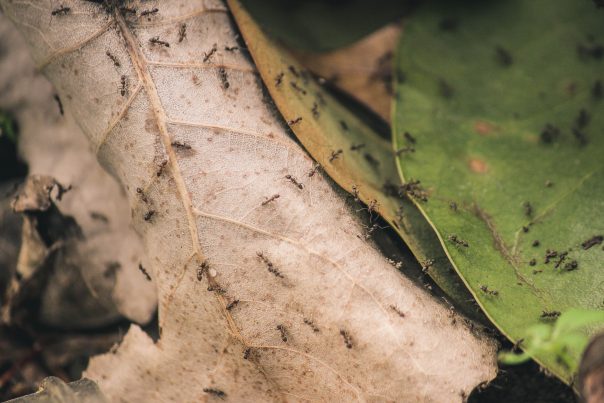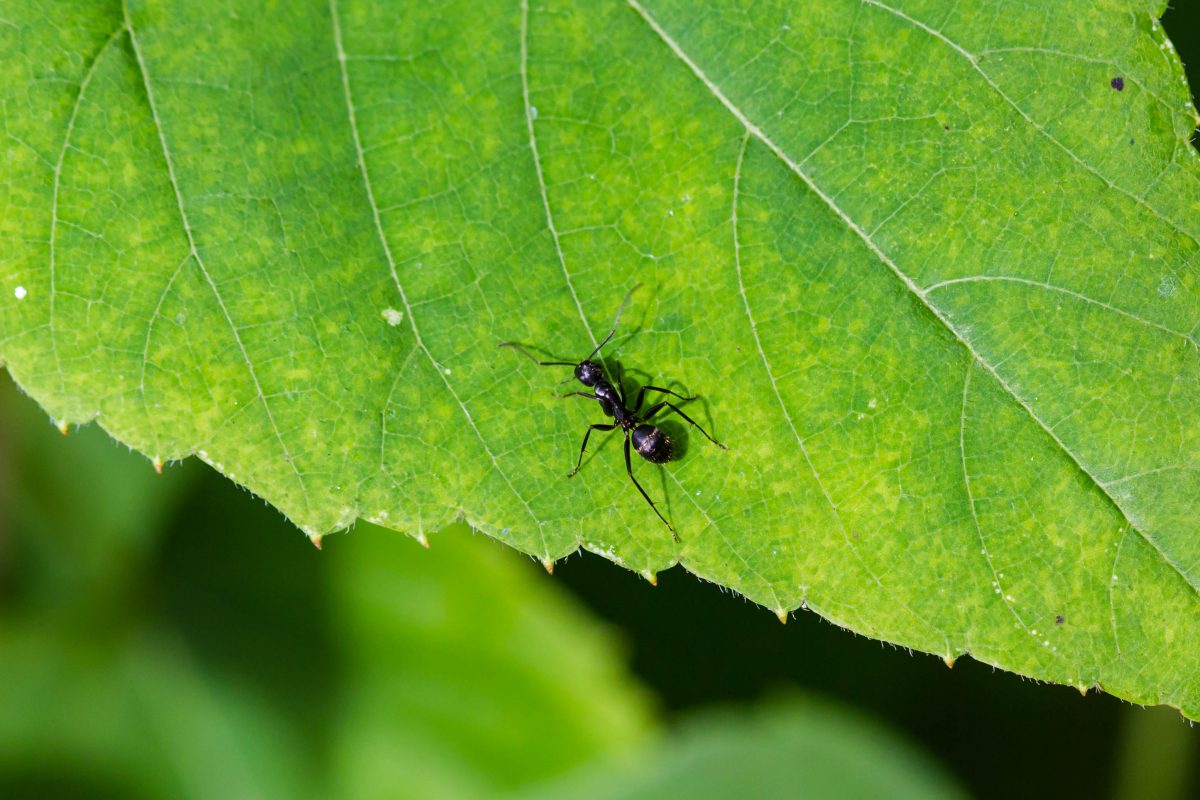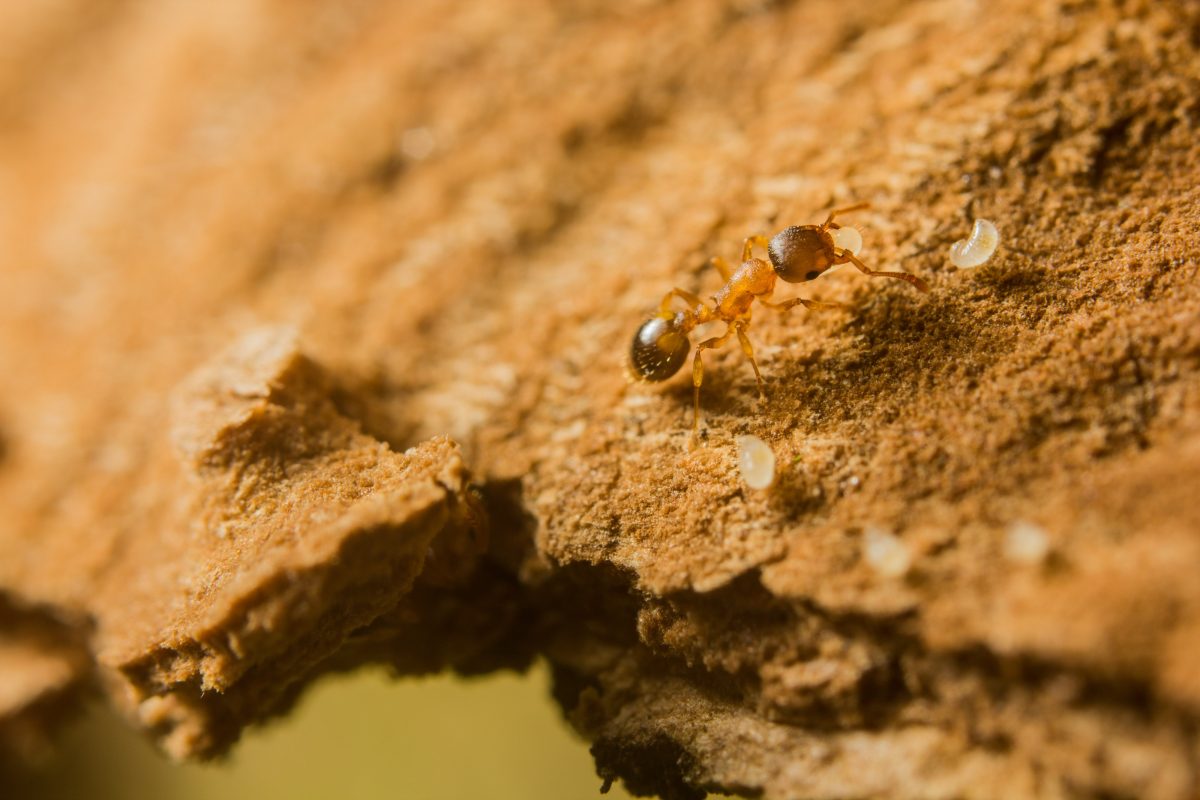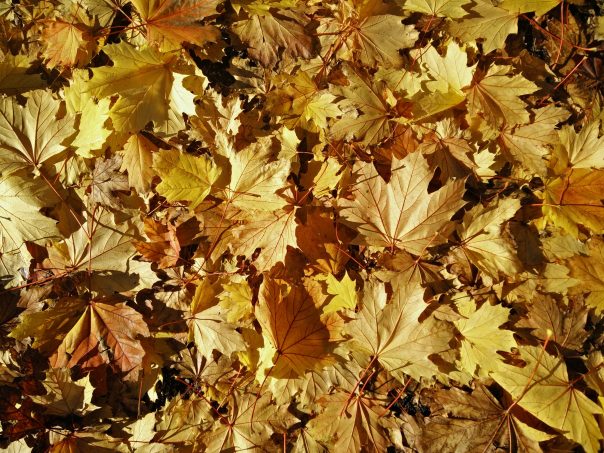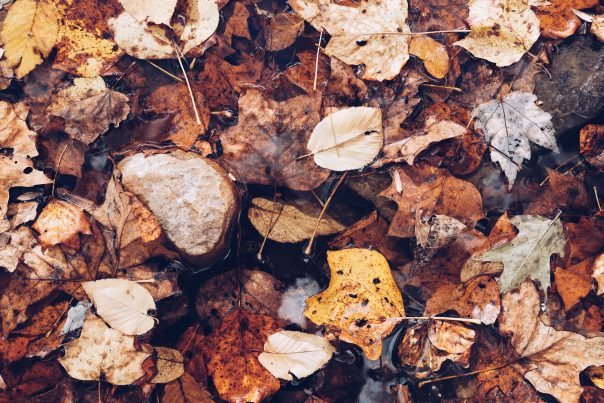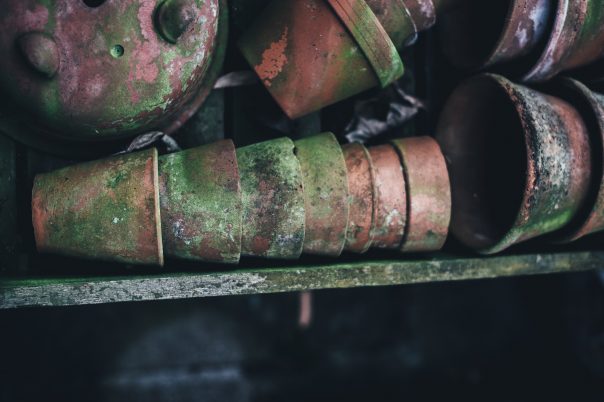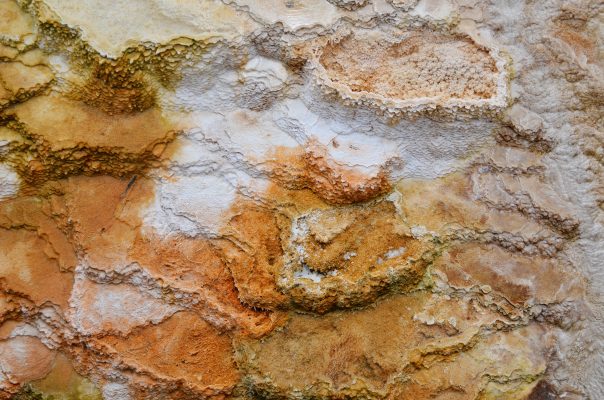Dealing With Ants
Every year, once the days get warmer, occupants of many houses and condos in Toronto have to deal with thousands of unwelcome guests during the spring and summer months. The most usual types that you might encounter in your home are either carpenter ants or sugar ants.
While real Sugar Ants live in Australia, the little black Pharaoh and Pavement ants that you keep stepping on in your kitchen are usually called "sugar ants" in the US and Canada because of their inexhaustible appetite for sweet foods. They would be rarely found living indoors.
The other common type, Carpenter ants, are bigger in size (up to half an inch long) compared to sugar ants. Sometimes people confuse them with termites, but while termites (white in colour) eat wood, Carpenter ants (black in colour) just burrow into wood to build a home for their colony. They usually choose old tree stumps or fence posts for nesting, but sometimes they find a suitable place indoors.
To get rid of these ants, you basically have to take away the things they are searching for in your house. Sugar ants usually look for food and water. If you close down the free cafeteria that is constantly opened in your kitchen, they will simply stop coming in (or at least you won't see as many of them as before). Carpenter ants usually move into your home because they have found a comfortable place to lodge, so you will need to discover where they are living, move them out (usually with the help of a professional extermination company) and make sure they will not find your house as welcoming in the future.

Carpenter Ant by Melissa McMasters
Shutting down the cafeteria
If you think they are only coming in for food, try to follow these simple cleaning routine steps for at least two weeks before proceeding to some more radical action:
• Keep your kitchen sink area clean and dry - ants love sinks because it provides food and water for them. Therefore, never leave dirty dishes in the sink overnight and wipe every single drop of water in it so that the ants cannot find anything to drink or feed on.
• Every night, wipe down all the kitchen surfaces with bleach or white vinegar. Vinegar is a very eco-friendly option (which is just as effective), and also wash the floor with one or the other.
• You could also pour a few drops of bleach or white vinegar down the sink drain every night. This has also proved to be very effective.
• Keep all food in air tight containers.
• Empty the bin as often as you can, but at least once a day.
• Find out where your visitors are entering your house and seal up all the cracks. Expanding Foam is probably the easiest and fastest solution to achieve this. If they still find their way in after all your efforts, scatter some bay leaves or cloves nearby and this should do the trick.
Finding the nest
To prevent Carpenter ants from nesting near or within your home, the best thing to do is to get rid of rotten wood in your garden and damp places in your house. If you keep seeing them inside but can't find their nest outside, they have probably moved in. Therefore it's important to determine where their nest is. Carpenter ants love damp wood, so look for old trees or fire wood in your garden. Look around sweaty pipes, washing machines, dishwashers and any other damp areas. Since there can be as many as 3 to 10 thousands ants within one colony, the damage to infested wooden structures can be quite extensive and therefore potentially dangerous, depending on its location. Because Carpenter love feeding on wood, sawdust can be a dead giveaway of their position, or at quieter times you might hear a dry rustling sound, easily detectable with stethoscopes.
Fire ants
Maybe neither of the above types of ants (Carpenter, Pharaoh or Payment ants) don't bother you at all. Maybe your real problem are fire ants. These little red ants have the annoying habit of fighting back when you disturb their home, as many gardeners will tell you. In fact, rumour has it that if you step on their ant hill, they will climb on you and sting you, all at the same time. Whether that's true or not, probably the best way of dealing with fire ants is to move the whole ant hill.

Fire ant by Lennart Tange
To be successful, you will need the following items: a shovel, large bucket, dish soap, plenty of water and an extra pair of hands if available. To protect yourself from stings during this operation it is advisable to wear long trousers tucked into your socks and a pair of wellington boots. Simply shovel the ant hill as quickly as possible including about a foot of soil from around and under the mount into the bucket/containers and pour the water over it, adding plenty of soap, which will help to break the surface tension, thereby drowning the ants faster. If drowning the ants seems cruel to you, then there's always the option of taking them far away from your garden and setting them free in the countryside.
Getting Rid of Leaves
It’s the same every year: the summer ends, the children go back to school and again you realize that while the summer is a really cool part of the year with the sun and vacations and all the rest of it, deep down in your heart you know you are an autumn person. Whether you’re driving to work or just walking down the street minding your own business, you cannot take your eyes away from all that beauty covering everything in sight, silencing your steps. You wish you could be 10 years old again so that you could run up and down the street, kicking your way through the millions of leaves that make up Autumns Golden Gown.
In such a great mood you get home and look at your own lawn and the fairytale ends, because you realize that while someone else's leaves are great fun (since they're not your problem), your own leaves are not, because you have to get rid of them.
In the past, people didn’t make much fuss about it: they either burned it or used it for mulching. Burning is out of question today, unless you want to apply for an open burning permit, and quiet honestly, this could take you until Spring time.
Community services
To start with, you have to choose whether you will have the city services collect your organic waste, or if you will choose to make the most of it yourself. In the first case you will need to obtain an adequate number of kraft bags, because yard waste in Toronto is no longer accepted if packed in any kind of plastic bags. The next step is to gather all the leaves into these bags, either by using a good old fashioned rake or by the means of more modern options such as leaf blowers.
If you cannot do this by yourself, put your own or neighbourhood kids to work – they’ll be surely delighted to make some pocket money. Either way, check the collection calendar to see when to have the bags ready for collection.
Mulching & composting
Another way to dispose of leaves is to run them over by mower allowing them to mulch and blend in with the turf. This is especially good method if you don’t have too much material that needs to be gotten rid of. In case the mixture covers your grass entirely, you are better off composting it and using it as a fertilizer after a few months.
Since decomposing is a natural process, it will happen even if you just dump all the leaves together and wait long enough. But if you want to use your compost as a fertilizer in a few months, a few general rules will help you to speed up the process:
- For the best composting results, use a large compost bin.
- Place it on a level ground with a bit of sunlight and free at least 10 inches of space around it.
- The first layer should consist of mainly coarse material (small tree branches, dead plant stalks) that will allow good air-circulation and drainage.
- Every layer (up to 6 inches thick) of either yard waste (leaves, grass clippings, branches) or kitchen waste (newspaper, egg shells, coffee grounds, tea bags and any food scraps except for meet and dairy products) should be separated with a special layer of soil (about 1 inch thick).
- Water the layers as you go.
- If the weather is too dry or too rainy, you better cover the bin so that it maintains proper level of moisture.
Shredding the leaves before adding them to the pile and turning the mixture once or twice in a fortnight with a shovel so that there’s enough air will speed up the whole process. If you feel the mixture became too dry, water it a bit. If it’s too heavy, make deep holes in it so that the water can evaporate. Once the compost shrunken to 30-40% of its original size and you cannot recognize the original material, you can screen it through a wire mesh to separate larger parts which still need to decompose. Use the dark end-product as the most natural fertilizer for your garden.
This is just one of many composting methods, you can also try other methods like a garbage-bag composting or worm composting.
Getting Rid of Mold
With fall bringing the usual dosage of rains and increased air moisture, many Toronto homeowners again discover the unpleasant black or green stains of mold in their homes. This doesn’t necessary mean a sign of a bad housekeeping. In every home, miscellaneous parts break over time and sometimes it takes a while to notice it. That’s usually when mildew crawls into your lovely home, unnoticed, until you either discover the well-known unpleasant smell or you spot the atrocious growing stains. For some homes, mold is an ongoing problem in places like kitchens or bathrooms due to the increased moisture and humidity in these areas. Nevertheless, the solution to this problem is the same, whichever the case.
Of course there are plenty of companies out there that would happily solve this problem for you, but since many people think twice before spending money on work they can do themselves, here are some DIY, eco-friendly solutions. Having said that, should you discover that the area affected by mold is rather large (i.e., over 10 sq. ft. or so), calling a professional would be a good idea.
Protection is a Must
Even though most types of mold are harmless to humans, there are certain kinds (like black mold) that are rather toxic. So before you start any cleaning, arm yourself with a pair of strong rubber gloves and an N95 respirator. If you want to be extra careful, you could purchase a test kit from a hardware shop and send a sample of the mold to a lab. This would be especially useful if anyone from the household was suffering from allergy.
Eco-Friendly Detergents
The one detergent that ranks number one in both affordability and eco-friendliness, and one you most likely have at hand already - white vinegar. Just like it will drive away ants, it will not only kill the fungi, but also bacteria, and it will even dissolve lime scale. Distilled white vinegar is a 100% degradable detergent that can compete with all those expensive anti-fungal sprays on the market, without emptying your wallet.
Elimination and Prevention
Getting rid of mold long-term is not a one-time project. Since mold will only appear where it finds a convenient environment, it is necessary to first clean the invaded areas. Then it is important to make the environment in your home less mold-friendly:
- When cleaning hard surfaces such as tile or ceramic, linoleum, tile grout, or plastic such as shower curtains, wet the affected area so that the spores don’t become airborne, then simply give it a good scrub with a detergent of your choice. Dry the surface thoroughly.
- Porous surfaces, on the other hand, such as fabric, drywall, wall paper, or wood, are very difficult or impossible to clear of mold. You are better off replacing such objects.
Prevention is pretty straightforward. Mold loves hot and humid environments, so it is important to repair any possible water leaks and to monitor the relative humidity in your home (a hygrometer will help you with that). Simple preventative steps such as frequent airing are essential.
Humidity over 60% will guarantee the return of mold. In the summer months, an air conditioner will help to keep the humidity under control (make sure you regularly clean the filters - dirty filters are another great place for mold). As for the colder months, you might need to invest in a dehumidifier. Good luck!
LR00LR


